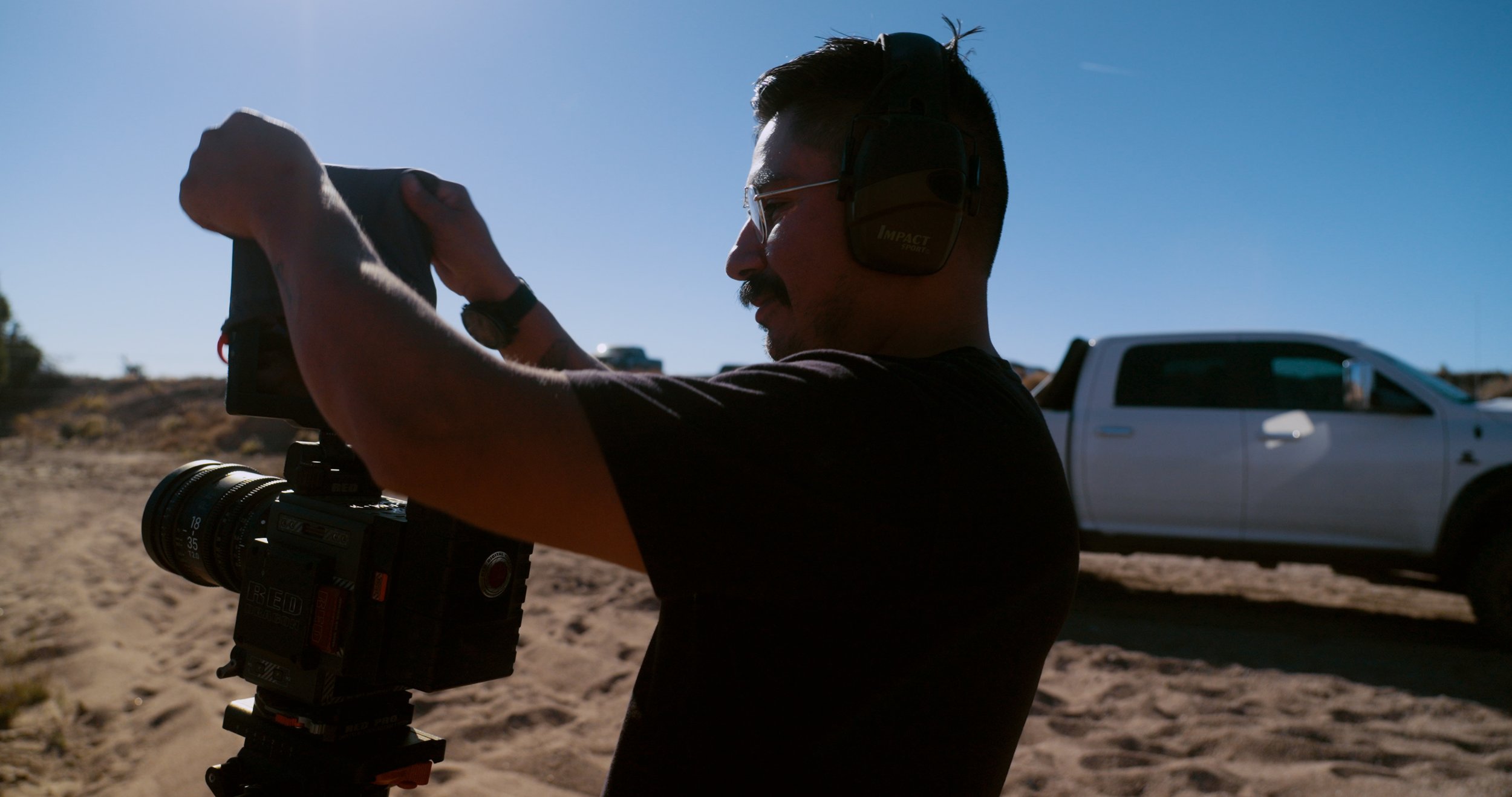Sean A. Marin
Photographer, Videographer & Marketing consultant
The difference: Producer vs Director
In the wild world of filmmaking, where creativity intertwines with logistics, two key players take center stage: the movie producer and the movie director. While their roles may seem interchangeable to the uninitiated, these individuals bring distinct skills and responsibilities to the table, working in tandem showing the world how to make a movie. Ok! Let’s talk about the differences that define the roles of producers and directors.
If a movie is a symphony, the movie director is undeniably the conductor, wielding the baton to shape every note and nuance of the cinematic experience. This maestro of vision is responsible for bringing the screenplay to life, translating words on paper into a visual and emotional journey for the audience.
Creative Vision: At the heart of the director's role is the ability to conceptualize and articulate a unique creative vision for the film. This involves making crucial decisions on elements like cinematography, set design, costumes, and overall aesthetics. The director is the custodian of the film's artistic identity.
Guiding Performances: Movie directors are akin to puppet masters, coaxing nuanced and authentic performances from actors. They work closely with the cast to ensure that characters come alive on screen, blending their own interpretation with the actors' contributions to create a cohesive and compelling narrative.
Storyboarding and Shot Composition: Directors are meticulous planners. They create storyboards and meticulously plan shot compositions, ensuring that each frame contributes to the storytelling process. From wide-angle panoramas to tight close-ups, every shot is a brushstroke on the canvas of the director's vision.
Collaboration with Crew: The movie director is the nexus of collaboration on set, working closely with the cinematographer, production designer, costume designer, and other key crew members. Effective communication is paramount, as the director guides the team toward the realization of the film's creative vision.
Editing and Post-Production: While the director's primary domain is on set, their influence extends into post-production. They collaborate with editors and oversee the final cut, ensuring that the film's rhythm and pacing align with their original vision.
Enter the movie producer – the architect of the film's production, the strategic mind behind the scenes. If the director is the visionary artist, the producer is the pragmatic planner, navigating the complex landscape of logistics, budgets, and timelines.
Financial Oversight: Movie producers wear the financial hat, managing budgets and securing funding for the project. They are the guardians of fiscal responsibility, ensuring that the film stays within financial constraints while maximizing production value.
Logistical Mastery: From scouting locations to coordinating schedules, producers are the logistical architects of a film. Their role involves managing the day-to-day operations of the production, including hiring crew, securing permits, and overseeing the myriad details that keep the production running smoothly.
Risk Management: Producers are adept risk managers. They assess potential challenges and develop contingency plans to navigate unforeseen obstacles. Balancing creative ambition with financial prudence, they make strategic decisions to optimize resources.
Negotiation and Relationship Building: Negotiation is a key skill for producers. Whether securing deals with actors, negotiating distribution rights, or liaising with stakeholders, producers build and maintain relationships that contribute to the success of the film.
Marketing and Distribution: While directors focus on the artistic aspect, producers are already thinking about the film's journey beyond the set. They play a pivotal role in marketing strategies and distribution plans, ensuring that the finished product reaches its intended audience and achieves commercial success.
While their roles may differ, the collaboration of producer vs director is the heartbeat of a successful film. It's a dance of creative vision and logistical finesse, where each partner relies on the strengths of the other to bring a cinematic masterpiece to life.
In essence, the movie director is the soul of the film, shaping its identity and breathing life into its characters, while the movie producer is the backbone, providing the infrastructure and resources needed to realize the director's vision. It's a delicate balance, a symphony of creativity and pragmatism, where the magic of cinema unfolds through the synergy of these two indispensable roles. As the credits roll, it's a testament to the dynamic harmony between the director's artistic vision and the producer's strategic prowess – a testament to the power of collaboration in the world of filmmaking.
Hope this offers some insight into the difference of the producer vs director relationship.
OTHER BLOGS YOU MAY LIKE




